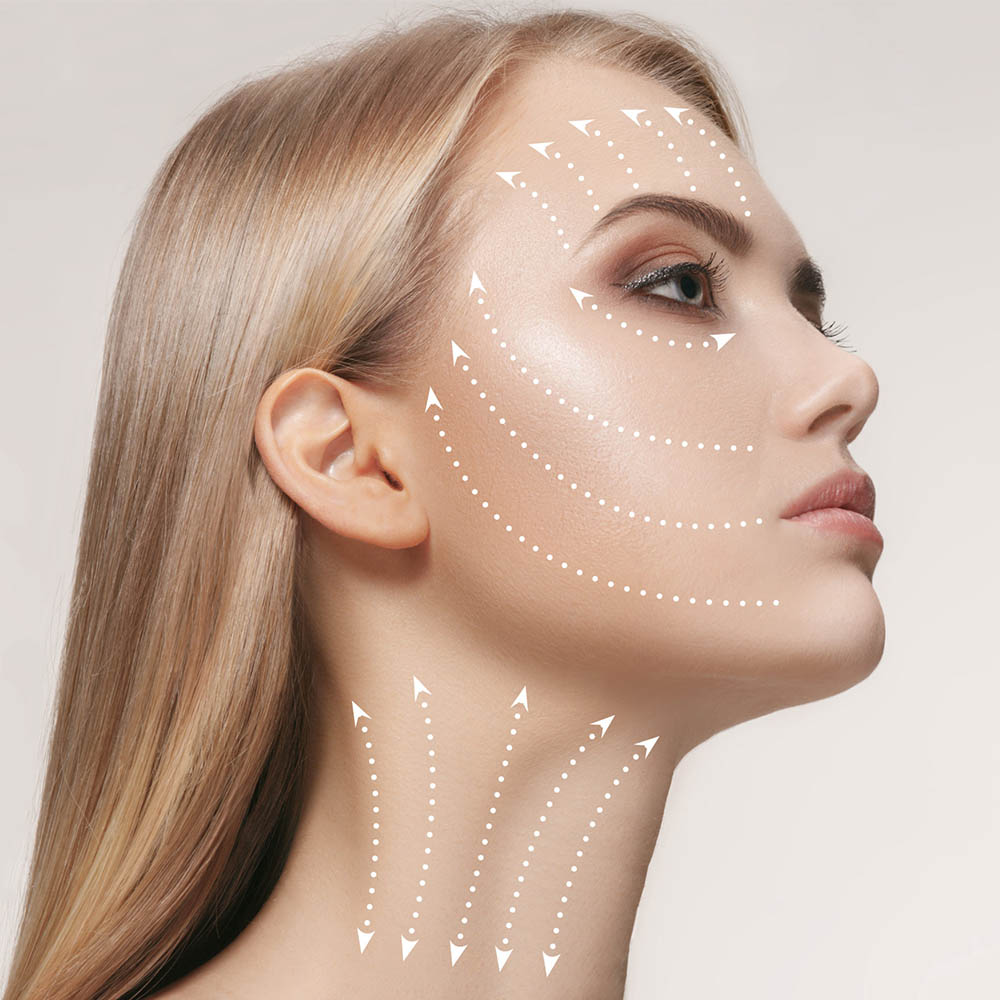Facelift
in TurkeyMedical 11
The accomplishment of your goals is something that
we consider as a shared achievement.
What is Facelift Surgery?
A rhytidectomy, a cosmetic surgical procedure commonly referred to as a facelift, is aimed at restoring a more youthful appearance to the face by tightening sagging skin and removing wrinkles. This procedure involves a range of surgical techniques, such as SMAS facelift, deep plane facelift, and mini facelift, as well as non-surgical approaches like facial exercises and dermal fillers, to achieve optimal results. The choice of technique depends on the patient’s individual needs and goals, as well as their age, skin condition, and overall health.
Why Choose TurkeyIstanbul For Facelift?
Turkey is a popular destination for people seeking facelifts for several reasons. Firstly, the country has a well-established reputation for offering high-quality cosmetic surgery procedures at a more affordable cost compared to many Western countries. This makes Turkey an attractive option for those seeking a more cost-effective solution without compromising on the quality of care.
Facelift: What to ExpectResults
Facelift recovery is a crucial stage where patients need to take care of themselves and follow their surgeon’s instructions for optimal healing. While discomfort, swelling, and bruising are common during this phase, it is vital to note that pain should be minimal and controlled with prescribed medication. Swelling can be more prominent on one side of the face, and tightness in the neck area is common due to the surgery’s nature. Patients should expect to see positive results after the initial recovery phase.
During this time, it is recommended to avoid strenuous activities such as weightlifting or jogging for at least a month after the procedure. However, slow movement, such as walking, is encouraged as it can help with recovery. If you have drainage tubes or stitches, you will likely need to visit your doctor to have them removed within the first week after your facelift.
It is essential to have someone assist with housework during the initial recovery phase. Patients should take it easy and be as calm as possible during this time. Following the surgeon’s guidelines and having a positive attitude can lead to optimal recovery and the desired results.
How To Take Care After Facelift Surgery?
After undergoing a facelift, it’s crucial to take proper care of your skin to promote optimal healing and maintain the desired results. One important step is to keep your head elevated for at least the first week to reduce swelling. Using cold compresses on the affected areas can also help reduce swelling and bruising. Additionally, follow your surgeon’s instructions for taking prescribed pain medication and antibiotics to reduce the risk of infection and manage any discomfort. It’s important to limit exposure to direct sunlight and use a high-quality sunscreen with SPF 30 or higher if you need to go outside. Make sure to follow your surgeon’s instructions for caring for the incision sites, such as keeping them clean and dry to prevent infection. Smoking can impair the healing process and increase the risk of complications, so avoid smoking for at least two weeks before and after the procedure. Drink plenty of water and fluids to help keep your skin hydrated and promote healing. Lastly, make sure to follow all instructions from your surgeon regarding wound care, activity level, and when to return for follow-up appointments. By following these tips and taking good care of your skin after a facelift, you can help ensure optimal healing and maintain the desired results.



